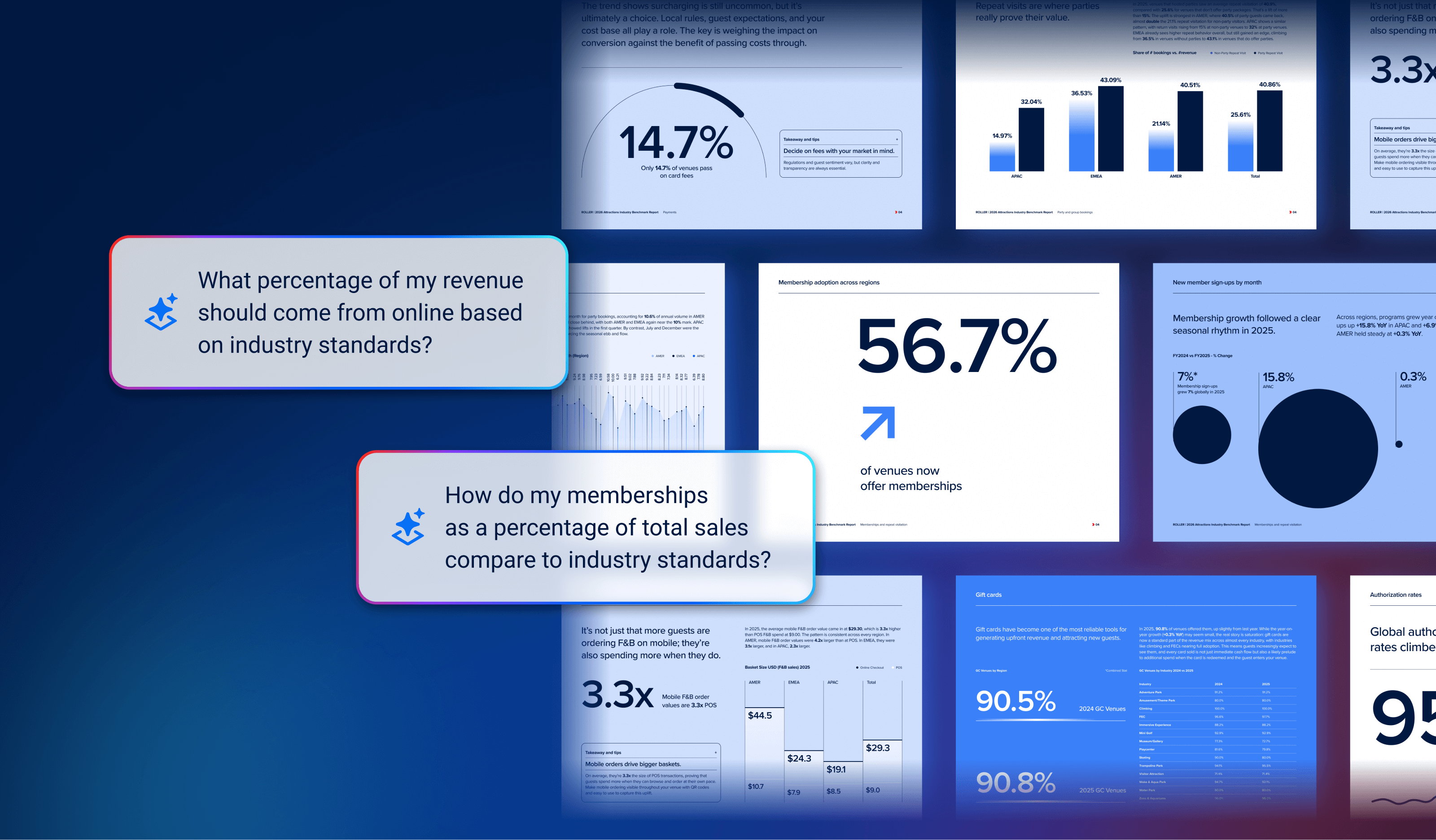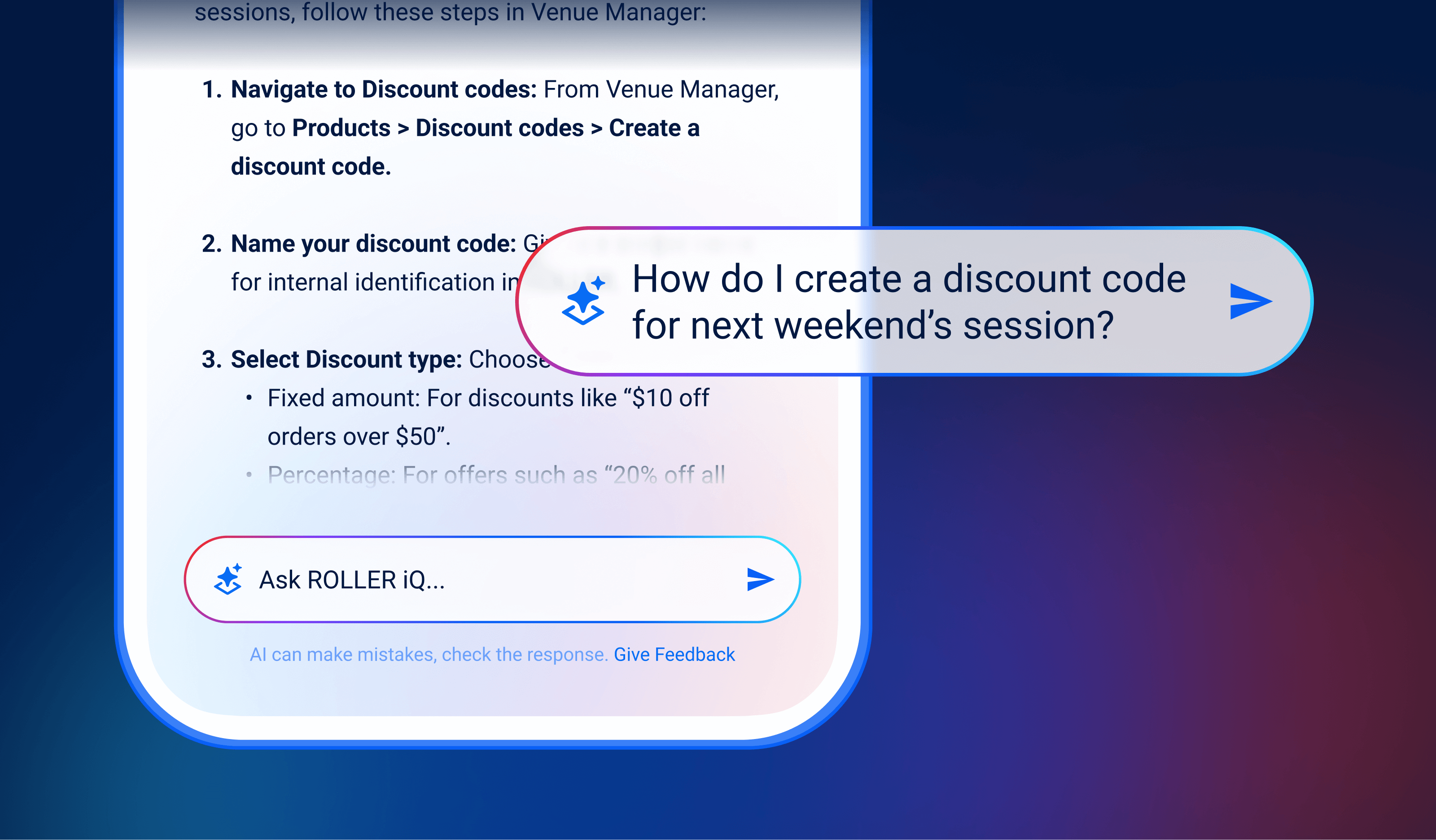What GX Management Systems Are Most Important to Amusement Parks?

Amusement parks have arguably some of the most complex operations out of any business type or industry in the world. With so many interconnected departments, it can be challenging to keep everything aligned toward the ultimate goal of creating memorable experiences and generating superior financial returns. However, there are multiple management systems that you can put in place to help you and your colleagues achieve your unified goals.
If you are new in the industry, take a close look at each of the following systems and then evaluate if you are maximizing each of these benefits. If you’ve been in the business for many years, it’s time to ask yourself if you have kept up-to-date with the evolution of each of these systems, as they have changed rapidly over time and in recent years.
Ticketing point of sale
Without a ticketing POS, your guests cannot secure their visit in advance. Unless you are running on old-school tills and cash registers, the software that powers your ticketing is critical to the lifeblood of your business. Without a powerful ticketing point of sale, you run the risk of guests abandoning their carts in the middle of a purchase, getting frustrated with the purchase experience, which can lead to either dissatisfaction prior to their visit or even worse, losing their business before you even had it. Your ticketing POS is arguably the most important system that helps you run your park.
Capacity management
Historically, amusement parks have run on a model that allows guests to purchase their tickets in advance at any time, and arrive at their leisure, regardless of the day of the week or time of year. In recent years, however, distributing guests across peak and off-peak times has increased in importance and is becoming more and more of a standard practice across the industry. This shift now means that guests must choose a day that they are visiting when purchasing their tickets, allowing the park to establish a fixed capacity and limit the number of tickets sold. By having a system that enables you to manage your capacity, your guests can have a more leisurely visit to the park, knowing that queues will be reasonable, and for you, it provides a new level of revenue management when you can charge peak and off-peak prices to optimize your per capita spend.
CRM
The communication platform that you have with your guests allows to you prepare them for their visit, and keep the conversation going once they’ve left. Your CRM, or customer relationship management, helps not only for contacting guests but also for segmenting them into multiple profiles and demographics. This segmentation provides you with the benefit of tailoring your communication so that it aligns most directly with the guest receiving it. Local visitors can be informed of the benefits of annual passes and seasonal events, whereas those coming from out of your market can be kept in the loop when new attractions or experiences are announced, to entice them to plan a visit again in the future.
Arrival / turnstiles
The arrival experience in theme and amusement parks has evolved substantially in recent years and shows no sign of slowing down. Because it is a compulsory component of every guest’s visit, it must focus on function and efficiency rather than flair. The less time your guests spend waiting to get into the park, the sooner they begin the fun that they paid for. No one likes waiting in line; therefore, your arrival technology must be laser-focused on scanning tickets at high volumes, especially at peak times such as arrival. Your entry system must also be directly linked with your point of sale so that the two systems are symbiotic, so that regardless if guests purchase tickets in advance or at the gate that they are equally processed as efficiently.
In-park point of sale
If your ticketing point of sale is for everything guests can purchase leading up to their visit, your in-park POS is for everything inside. These systems often require different levels of sophistication due to the different nature of items being sold. For instance, in-park points of sale include your food & beverage and retail operations, which have their own complexities that ticket sales do not have. From inventory management to kitchen and bar order communication, your in-park point of sale system manages all of the revenue collected inside the park.
Surveys & feedback
How do you collect feedback from guests after their visit? By using the power of your CRM, you should regularly keep the conversation going with guests once they have returned home from your park so that you can gain the necessary insights into making continual improvements to your business. Survey tools allow you to gain both quantitative and qualitative data that can be aggregated and used to extract the largest priorities that are affecting your guest experience. Feedback collection, which is often narrative-based and qualitative in nature, can and should help you foster and grow relationships with your guests, even if they have constructive feedback or share details of a negative experience. When you actively collect feedback from your guests, you show that you are committed to further understanding your guest experience and resolving service failures as they arise.
How many of these systems are you effectively implementing? Are there any gaps in your guest experience and operations that can be resolved by focusing more on one or more of these management systems?
Related articles


Smarter Support With ROLLER iQ: Step-by-Step Help, Right When You Need It
.png)
What is an AI Business Assistant? (And How It Supports Growth for Attractions)
Enhance your guest experience
Get free education, tips and inspiration to help you run a successful venue.